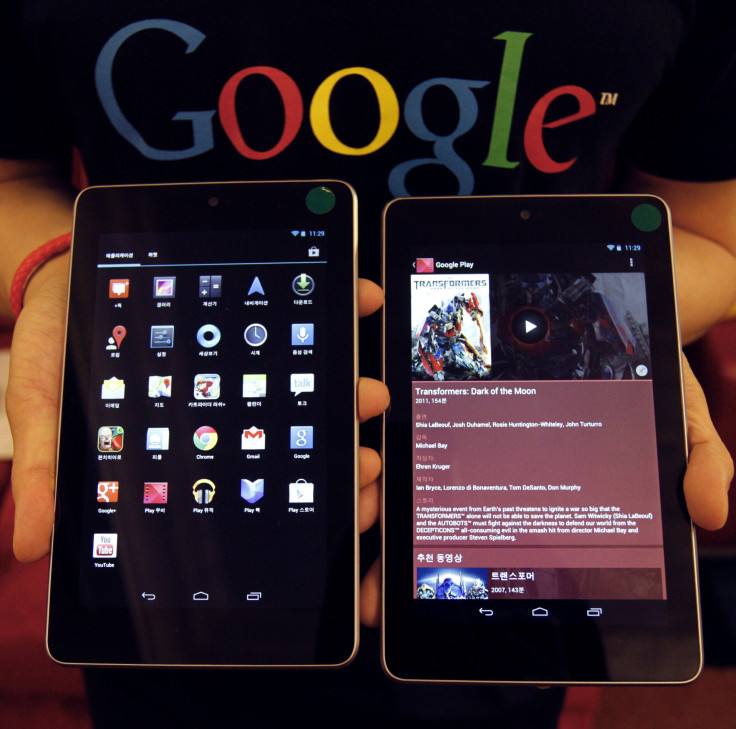Google Nexus 7 (2016) release date: May 18 to 20 eyed as unveiling schedule

Google has long been speculated to be working on a refreshed version of the Nexus 7 (2016). The search giant is believed to announce the upgraded model of the tablet at its annual Developers Conference 2016.
In 2016, Google’s I/O Developers’ Conferenceis scheduled from May 18 to May 20 in California.
There are speculations that Google might unveil the Nexus 7 (2016) to showcase its upcoming Android operating system, which is named as Android N. In mid-April, Google released the second Android N Developer Preview for its Android Beta Program members.
To know more about new features and updates of the Android N Developer Preview 2, click here.
Meanwhile, Google discontinued its HTC Nexus 9 tablet released in 2014. The tablet is no longer found in the search results of the Google Store.
This move by Google further hints at imminent release of Nexus 7 (2016). However, Google is yet to officially announce the Nexus 7 (2016) release date.
The search giant has previously released Nexus devices in the second half of the year. But in 2016, Google may take a different course and opt to release the Nexus 7 (2016) in May.
Google has not refreshed its Nexus 7 tablet lineup since 2013. The company teamed up with Asus and released the 7-inch tablet with a screen resolution of 1200 x 1920 pixels. Powered by Qualcomm Snapdragon S4Pro , the Asus Google Nexus 7 (2013) features 2GB of RAM and offer 16GB and 32GB of internal storage options.
This year, Google may collaborate with Huawei for making the next generation of Nexus 7 (2016).
Huawei has reportedly trademarked the “Huawei 7P” moniker and will launch a 7-inch Nexus tablet, as reported by 9to5Google.
The Google Nexus 7 (2016) is speculated to be powered by Snapdragon 820 processor coupled with 4GB of RAM. The device may also sport pressure-sensitive display technology, which will be roped into Google’s upcoming Android N OS.
Related: Android N may bring support for pressure-sensitive display technology





















